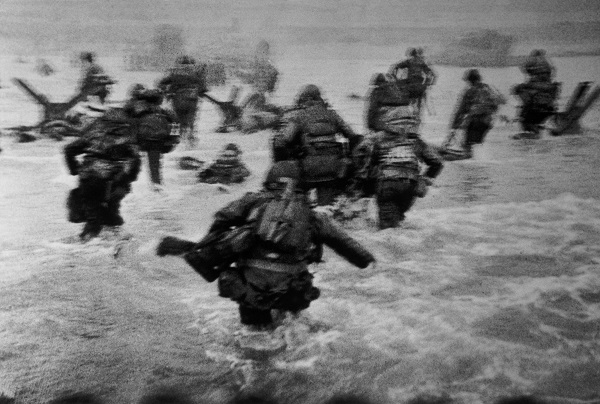
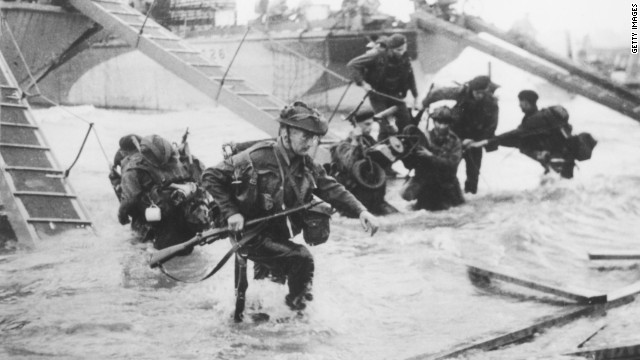
And never forget, but a few hours earlier:
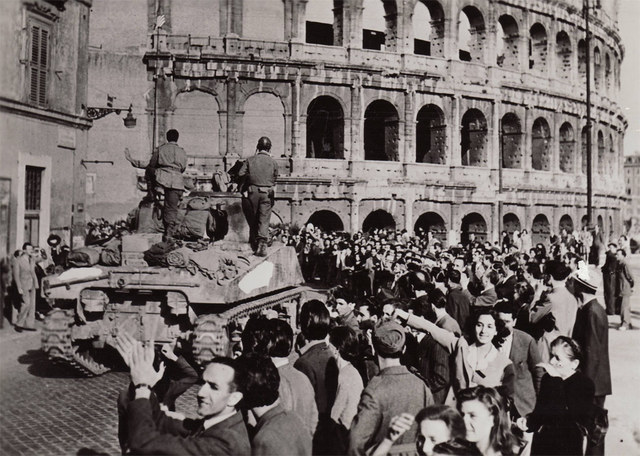
As always, my gratitude to those brave men.



And never forget, but a few hours earlier:

As always, my gratitude to those brave men.
From The Diplomad:
So to sum it up for the [R]esistance: The anti-semite Trump is the best friend Israel has ever had. The racist Trump has instituted policies that have produced the lowest unemployment figures in decades for black and hispanic Americans. The woman-hating Trump had a woman running his campaign (no, not Mrs. Putin), has a woman as Ambassador at the UN, another as the head of DHS, another as head of Education, yet another as White House spokesman, and now has made a woman the head of the CIA. The oligarch Trump has instituted tax and other policies that are putting more money into more ordinary people’s pockets than has happened in many years.
All just like Hitler did…
Britain’s Royal Air Force celebrates its centenary today. Which is an excellent excuse for me to show pics of my all-time favorite Brit warplanes, in no specific order.
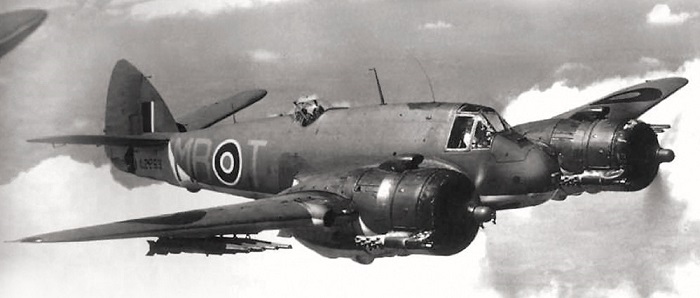
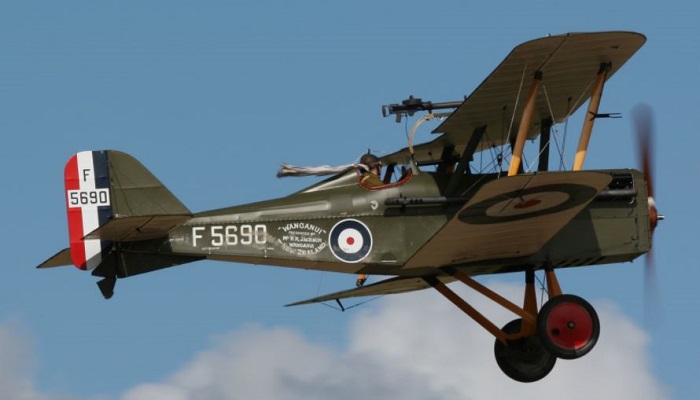
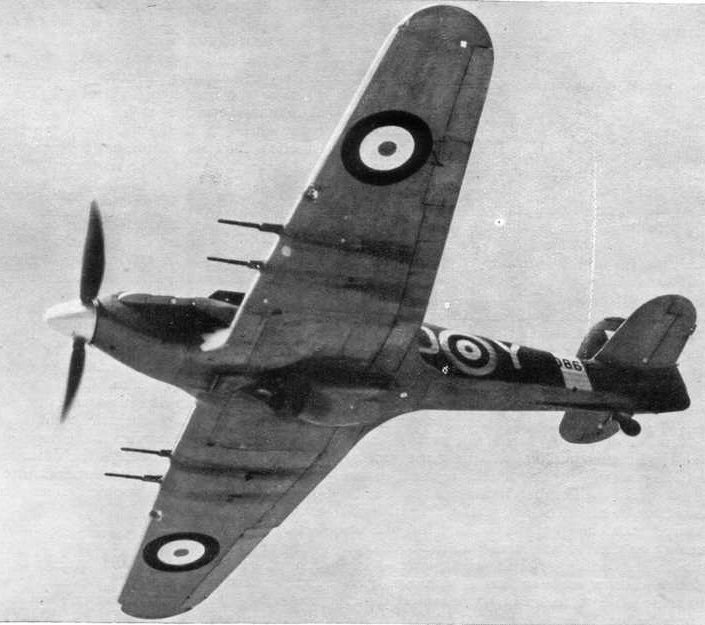

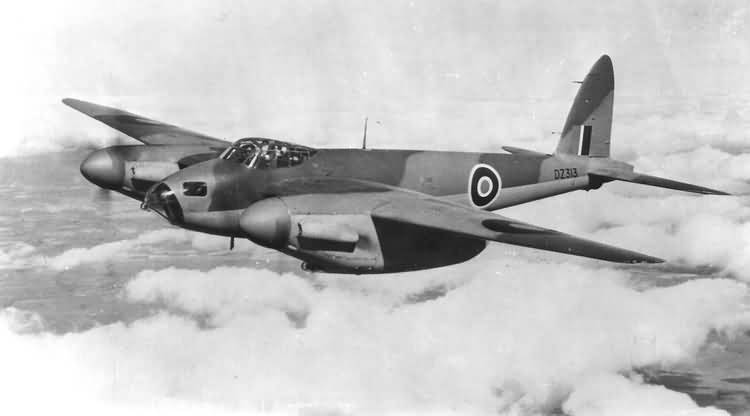
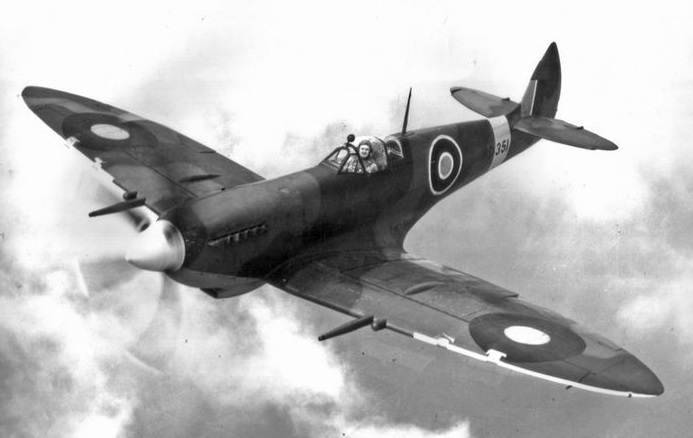

Sopwith Snipe (not the Camel)

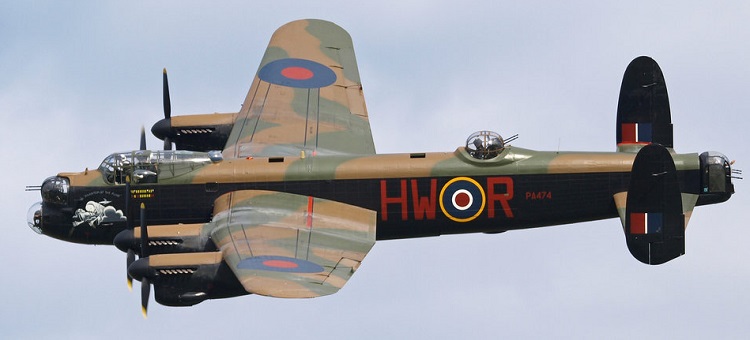
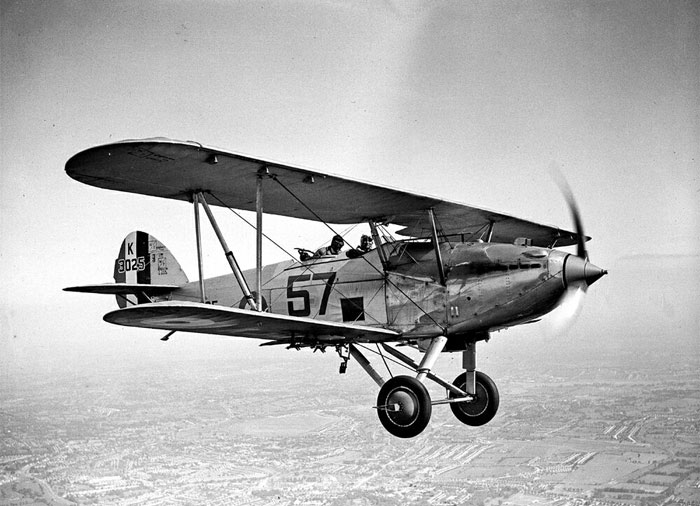
This last was, I think, the best-looking biplane ever made. There are still several models (not replicas) flying, even though production ceased in 1938.
A couple of gratuitous book references about the early days of the RFC/RAF respectively: Goshawk Squadron and Piece of Cake, both by Derek Robinson. And for the story of possibly the toughest human being who ever lived: Reach For The Sky, by Paul Brickhill.
Last October, The Englishman and Mr. Free Market had planned a joint visit to the U.S., but only Mr. Free Market made it over The Pond. The Englishman’s excuse for not making it was that he was going to be looking in a hole in the ground. (Mr. FM’s acid comment: “Nothing wrong with looking at holes in the ground, as long as there are dead Socialists at the bottom.”)
Well, this is the hole that The Englishman was talking about:

…and he took me there earlier today, after a liquid lunch [he added unnecessarily]. Here are my pics, taken at ground level:

The trapezoidal outline is the “inner wall” that was probably the outer wall of the barrow — basically, a wooden structure covered with earth and turf, wherein, the newspaper article runs, the dead were buried.
Here are a couple pics of some of the people excavating the site:


Actually, as The Englishman pointed out to me, the “burial ground” thing could be a load of nonsense, for the simple reason that as of today, no human remains have yet been found. The structure could equally have been a communal living area or shelter — but as the digging progresses, there may well be prehistoric bodies discovered further down.
It makes sense that it’s a burial site, by the way; in Neolithic times, dwellings were generally placed closer to rivers or lakes, and this barrow is at least a quarter-mile up from the nearest stream. Also, the dirt mound which surrounded the barrow had the trench on the inside, and not the outside (which would have made it a defensive fortification around the barrow).
I have to say that generally speaking, this kind of stuff holds absolutely no interest for me whatsoever. I like history (i.e. written accounts of events and people) and not prehistory (which has no such accounts). The problem is that I love listening to experts talk about their area of expertise — it can be a glassblower, a gunmaker, a liquor distiller or someone who’s spent forty years studying Shakespeare’s sonnets — and along with The Englishman, who is very knowledgeable about all this prehistory stuff, I also met Jim Leary and Amanda Clarke (see the article) who are heading up both this dig and a nearby one (which we visited too). It’s impossible not to be excited when people like these talk about finds they’ve made which could completely change our understanding of this hitherto-unknown time.
Of course, all this was made still more enthralling for me when we passed this building on the way home — a Saxon church built around the time of Alfred The Great:

It’s long since been converted into a house, and I just hope that the owners appreciate its heritage.
And on the right is The Englishman’s Land Rover Defender (full pic below):

Of course, we’re not allowed to own such exquisite vehicles because of OSHA (no “side-protection”, or some such nanny-state bollocks), but don’t get me started on that tangent.
As with so many days I’ve spent here, it was perfect — and I’m going to do it again, somewhere else.
Oh, and of course, I’ve been remiss in not showing the place from which we started off the day’s activities, The King’s Arms in the village of All Cannings:

This is an historic site for me, because it’s where I was first introduced to Wadworth’s 6X Ale.
As my Let Africa Sink essay from 2002(!) is going to feature in my Monday post, I thought I’d take the opportunity to re-publish it below, pretty much un-edited except for a few typos which somehow survived to the present day. Read more
From Reader MadJack:
I saw this question on Quora and was intrigued.
“What is the biggest mistake a U.S. President has ever made?”
The number one answer was Watergate, but I’m not so sure I agree with that. I’d be interested to know what you and your readers think — most know more about history than I do, and that includes the parts I lived through.
In modern times, I’d have to say it was George H.W. Bush, who broke his “No New Taxes” promise to the electorate. That mistake cost him a second term and (coupled with Ross fucking Perot) put Bill Bastard Clinton into the White House in 1993.
The other huge mistake was Harry Truman’s acceptance of the United Nations onto U.S. soil, but I’m not sure whether he could have done much to stop it even had he wanted to. He could have refused to sign the Charter — as a Republican president of the time might surely have done — but he went along with it partly from his own conviction and partly because it was a cornerstone of the saintly FDR’s legacy.
One more presidential mistake to consider was JFK’s refusal to allow the U.S. Air Force (or any other branch) to support the Bay of Pigs invasion of Cuba. I know people will say that the USSR might have intervened, but any scrutiny of the history of the time will show that the Commies didn’t have the military capacity to project power that far into the Western Hemisphere, and there was no way they would have used a preemptive nuclear strike against the U.S.A. just to protect Cuba. But Kennedy’s reluctance, coupled with his disastrous meeting with Kruschev a few months later, did embolden the Soviets to start installing medium-range missiles in Cuba, which in turn led to the Cuban Missile Crisis. While Kennedy did redeem himself on that one by standing up to the Soviets, it was a problem largely of his own making. (One wonders how Urkel Obama would have responded to Kruschev’s ploy… no, I don’t wanna think about it.)
By the way, Watergate was a huge blunder for Nixon — the cover-up was, anyway — but I think Gerald Ford’s preemptive pardon of Nixon was an even bigger one, because it put Jimmy Shitforbrains Carter into the White House in 1977.
Readers are encouraged to add their suggestions in Comments. I’m not an expert on pre-20th century U.S. presidents by any standards, so I’d like to hear thoughts on that era especially.